- This topic has 31 replies, 7 voices, and was last updated 12 years, 9 months ago by
Nicolas BUISSON.
-
AuthorPosts
-
June 7, 2012 at 11:24 am #4402
Nicolas BUISSON
ParticipantYes, it is a film canister
June 7, 2012 at 2:22 pm #4403Gonin herve
ParticipantNothing to say but BRAVO
June 7, 2012 at 3:46 pm #4404helene schoubye
KeymasterIncredible, isnt it .. the fish almost look small inside the film canister, and they are not that big. The photoes are really exceptional, rare that you get so close up inside the canister. The colours are a bit unnatural though 🙂 …
June 7, 2012 at 4:01 pm #4405Nicolas BUISSON
ParticipantYes there is a strange fish life in fiml canister sometimes, those are pics of a pair of Betta persephone
[url=http://www.photorapide.com/index.php?photoName=031n9a.jpg&photoId=41619]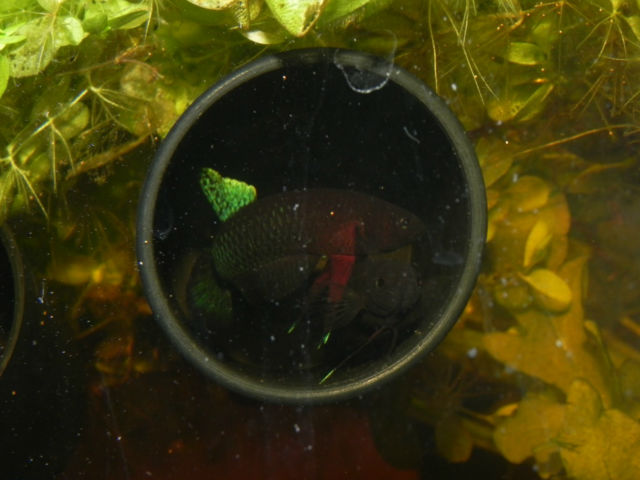
[url=http://www.photorapide.com/index.php?photoName=03z7se.jpg&photoId=41620]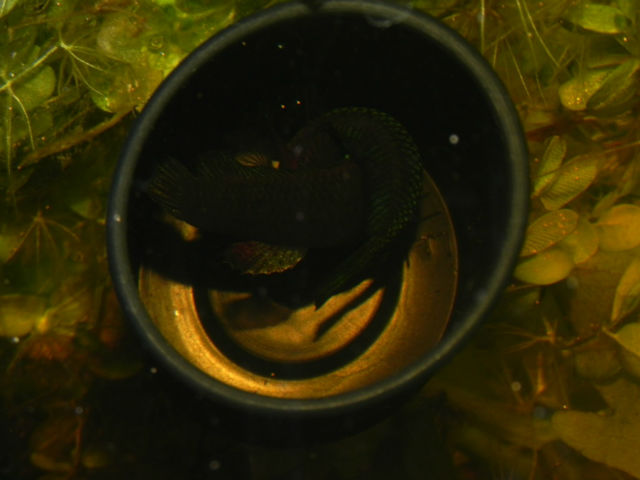
[url=http://www.photorapide.com/index.php?photoName=03ibzw.jpg&photoId=41621]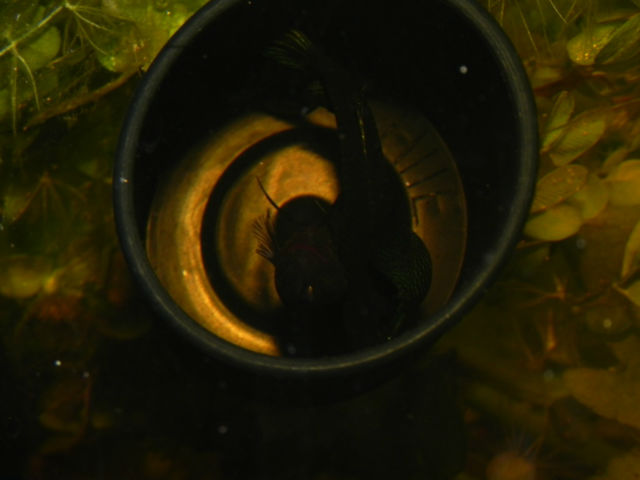 June 7, 2012 at 9:17 pm #4407
June 7, 2012 at 9:17 pm #4407Peter Finke
ParticipantFilm canisters (a pity: they are no longer easy to get!) are very suitable caves for many small fish, especially Parosphromenus. They normally swim; that does not matter at all. The fish look for caves, they find the canister and like it.
Nico’s pictures show P. parvulus “Tangkiling”. That is a location in the Palangkaraya-area. The original fish were caught by Olivier Perrin (Paris), as specialist of this species. Tangkiling-parvulus are quite nice because the males have rather broad whitish borders at the dorsal and anal fin. My parvulus are from Babugus, and the borders are less conspicuous. In any case parvulus is a remarkable species with it’s wild displaying dance and that head-up-posture. Most Parosphromenus display head-down.
Collect such film canisters if you can still get hold of them. The Paros love them, even the bigger species (not the biggest: qunidecim and real deissneri).June 9, 2012 at 10:37 pm #4408Nicolas BUISSON
Participantthis morning :
[url=http://www.photorapide.com/index.php?photoName=091wio.jpg&photoId=43952]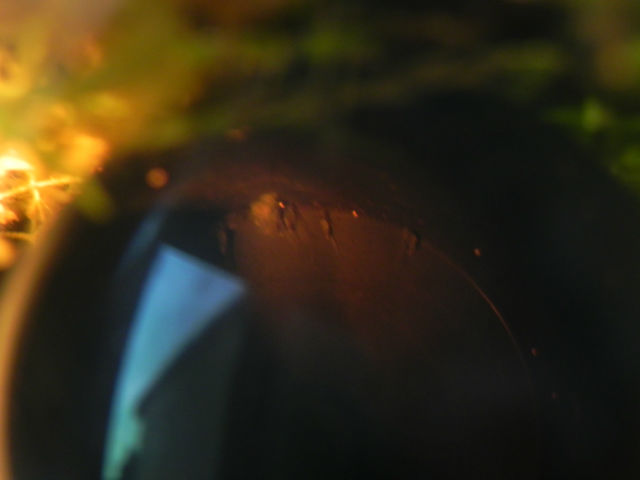
[url=http://www.photorapide.com/index.php?photoName=09774n.jpg&photoId=43951]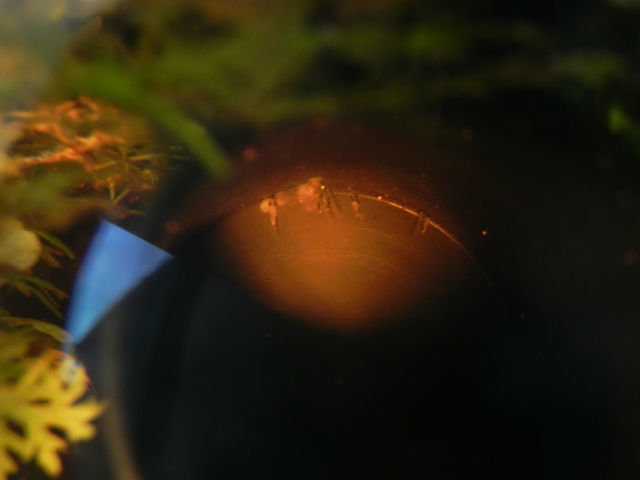
This afternoon :
[url=http://www.photorapide.com/index.php?photoName=096h5q.jpg&photoId=43949]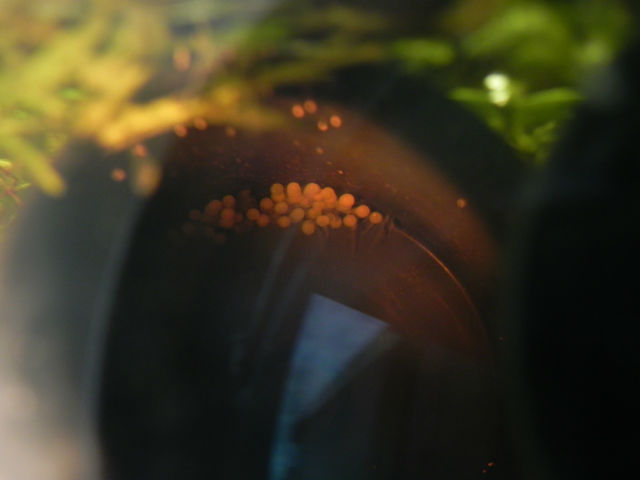
[url=http://www.photorapide.com/index.php?photoName=09fouf.jpg&photoId=43950]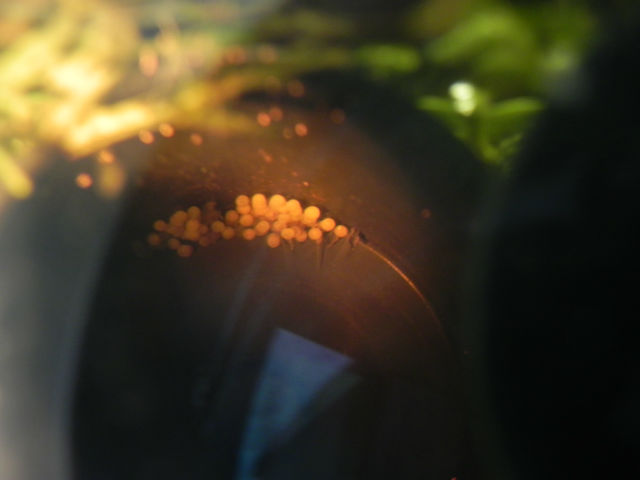 June 9, 2012 at 11:07 pm #4409
June 9, 2012 at 11:07 pm #4409Gonin herve
ParticipantNico stop the viagra in your tanks.Magnifiques photos
June 9, 2012 at 11:33 pm #4410Peter Finke
ParticipantNico, please tell us the species to which this belongs, the age of the eggs resp. larvae and the water values.
June 10, 2012 at 12:43 am #4411Nicolas BUISSON
ParticipantHi Peter,
P. parvulus “Tangkiling”
water pH 5.2, 38µS/cm², 24°C
1 day old larvae : 14
eggs : 30 to 35June 11, 2012 at 12:50 am #4412bartian
ParticipantNice foto’s!
Off topic:
Are you sure the betta’s aren’t Betta miniopinna? The ventrals are too red for persephone…June 11, 2012 at 3:44 am #4413Nicolas BUISSON
ParticipantThose Betta persephone are the descendants of the persephone caught at Ayer Hitam, Martin Hallmann told me that with the generation they are more blue and the vetral are more red.
June 11, 2012 at 2:05 pm #4414Gonin herve
ParticipantOff topic
I have the two species also and and they are the persephoneJune 22, 2012 at 8:29 pm #4420Nicolas BUISSON
Participanttwo pics taken by Olivier Perrin
[url=http://www.photorapide.com/index.php?photoName=22t6kz.jpg&photoId=49367]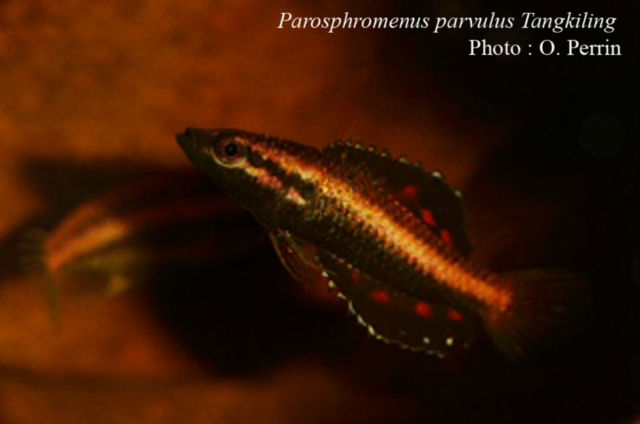
[url=http://www.photorapide.com/index.php?photoName=22hr0c.jpg&photoId=49368]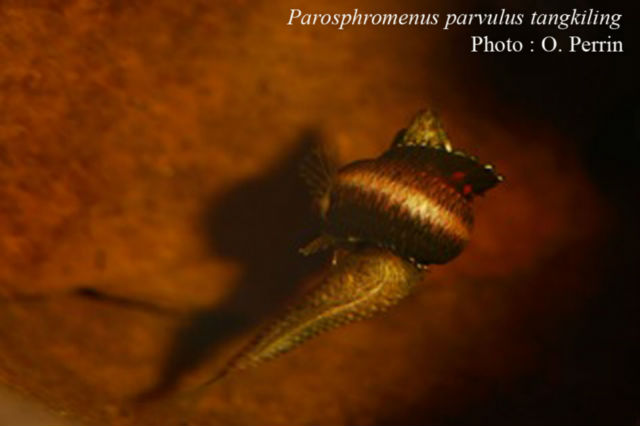 June 22, 2012 at 9:41 pm #4421
June 22, 2012 at 9:41 pm #4421Gonin herve
ParticipantNothing to say but :woohoo:
June 23, 2012 at 2:05 am #4422Bill Little
ParticipantWhat can I say other than … :woohoo: :woohoo: :woohoo: Hope you see fry soon. Keep us posted!
-
AuthorPosts
- You must be logged in to reply to this topic.

